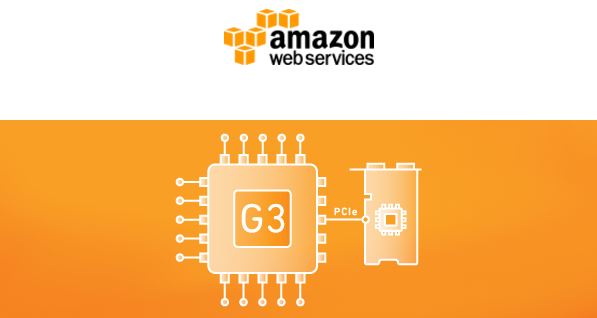If you have ever thought that lawyers billing on a tenth of an hour, or 6-minute increments were a step better than whole hours, AWS is one-upping them. AWS announced that it is moving to per second billing for EC2 instance and EBS volumes as well as EMR and AWS Batch.
The New AWS Per Second Billing Regime
By moving to AWS per second billing, AWS is essentially giving customers a discount. As the metered time periods shorten, much like our lawyer example, in theory, there is less wasted time. Google Compute Platform, as an example, uses per minute billing which some companies used to generate cost savings over AWS. With the new move, AWS can offer those who start and shutter instances constantly significant cost savings.
If you mostly keep instances online for long periods of time, then per second or per minute is not going to have a major impact on overall costs. By the time an instance has been up for five hours the difference between per second and per minute billing is, at most, 0.033% and that decreases the longer instances are online. If you run instances under an hour, then the cost savings are going to pile up.
The Caveats to Per Second Billing
Not every EC2 instance is getting per second billing. At first, it only applies to Linux instances on October 2, 2017. If you have a Windows instance, then you are out of luck here. Similarly, Linux instances with a sperate hourly charge are excluded from the new per second AWS billing. Beyond this, products on the AWS Marketplace, instances with Dedicated Per Region Fees, and EBS Snapshots are not moving to per-second billing, at least yet.
Another caveat is a minimum for an instance. Each instance has a minimum of 1-minute billing. Given Amazon’s provisioning times, this is unlikely to impact many users.
Final Words
This is a welcome change from Amazon AWS and something it needed to do to stay competitive on the billing side. Or better said, from a competitive standpoint it needed to get to per-minute billing but per second is a nice form of giving them a buzzword feature with little financial impact.




